Market Growth Projections
The Global Hirsutism Treatment Market Industry is projected to experience robust growth over the coming years. With a market value expected to reach 1.89 USD Billion in 2024 and 3.8 USD Billion by 2035, the industry is poised for significant expansion. The anticipated CAGR of 6.56% from 2025 to 2035 highlights the increasing investment in research and development, alongside the rising prevalence of hirsutism. This growth trajectory suggests a dynamic market landscape, driven by advancements in treatment options, increased awareness, and a growing demand for effective solutions.
Rising Prevalence of Hirsutism
The Global Hirsutism Treatment Market Industry experiences a notable increase in demand due to the rising prevalence of hirsutism among women. Factors such as hormonal imbalances, polycystic ovary syndrome, and genetic predispositions contribute to this condition. Current estimates suggest that approximately 5 to 10 percent of women of reproductive age are affected by hirsutism, leading to a growing need for effective treatment options. This trend is expected to drive the market, with projections indicating a market value of 1.89 USD Billion in 2024, reflecting the urgent need for innovative therapies and solutions.
Regulatory Support and Approval
The Global Hirsutism Treatment Market Industry is positively impacted by regulatory support and the approval of new treatment modalities. Regulatory agencies are increasingly recognizing the need for effective treatments for hirsutism, leading to streamlined approval processes for innovative therapies. This support encourages pharmaceutical companies to invest in research and development, resulting in a wider array of treatment options for patients. As new therapies receive approval, the market is expected to expand, providing patients with more choices and improving overall treatment outcomes. The ongoing regulatory support indicates a promising future for the industry.
Advancements in Treatment Options
Innovations in the Global Hirsutism Treatment Market Industry are pivotal in addressing the diverse needs of patients. Recent advancements include the development of new pharmacological treatments, laser hair removal technologies, and combination therapies that enhance efficacy and patient satisfaction. For instance, the introduction of anti-androgens and hormonal therapies has shown promising results in managing hirsutism. These advancements not only improve treatment outcomes but also expand the market by attracting a broader patient demographic. As a result, the market is anticipated to grow significantly, with a projected value of 3.8 USD Billion by 2035.
Increased Awareness and Education
The Global Hirsutism Treatment Market Industry benefits from heightened awareness and education regarding hirsutism and its treatment options. Campaigns aimed at educating both healthcare providers and patients about the psychological and physical impacts of hirsutism have led to increased diagnosis and treatment-seeking behavior. This awareness is crucial, as many women may suffer in silence due to stigma or lack of information. As awareness grows, more individuals are likely to pursue treatment, thereby expanding the market. The anticipated compound annual growth rate (CAGR) of 6.56% from 2025 to 2035 underscores the potential for market expansion driven by this increased awareness.
Growing Demand for Cosmetic Procedures
The Global Hirsutism Treatment Market Industry is significantly influenced by the rising demand for cosmetic procedures aimed at hair removal. Many women seek not only medical treatment but also aesthetic solutions to manage hirsutism. The popularity of procedures such as laser hair removal and electrolysis has surged, as these methods offer long-term solutions for unwanted hair growth. This trend is further fueled by social media and beauty influencers promoting these treatments. As a result, the market is likely to see substantial growth, with consumers increasingly willing to invest in cosmetic interventions to enhance their appearance and self-esteem.



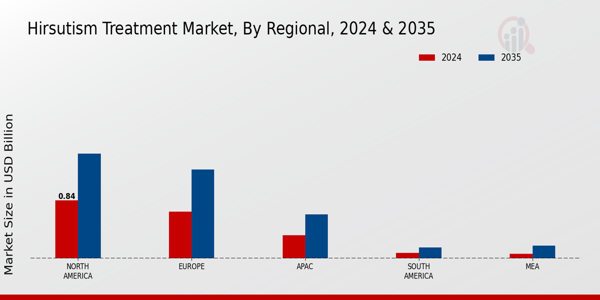
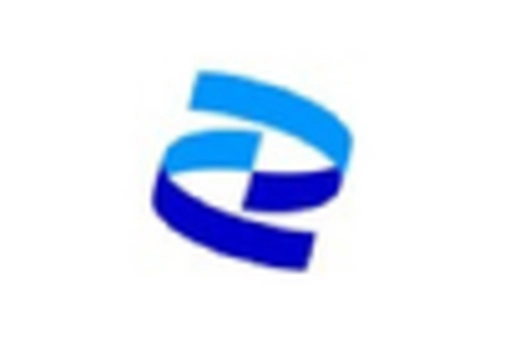
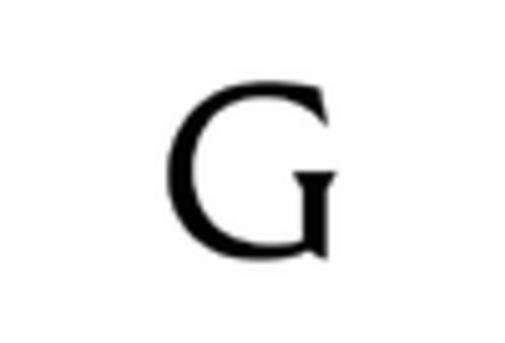
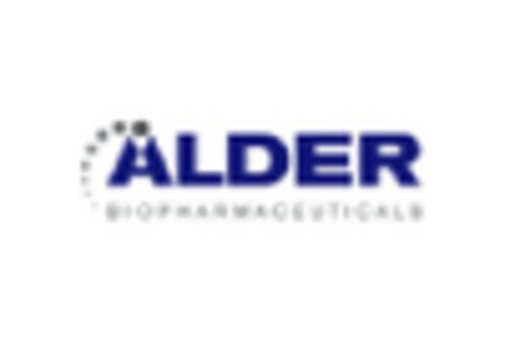

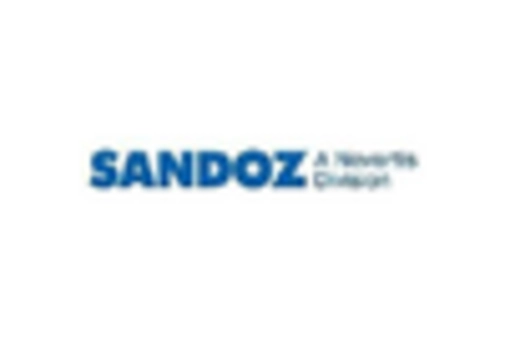


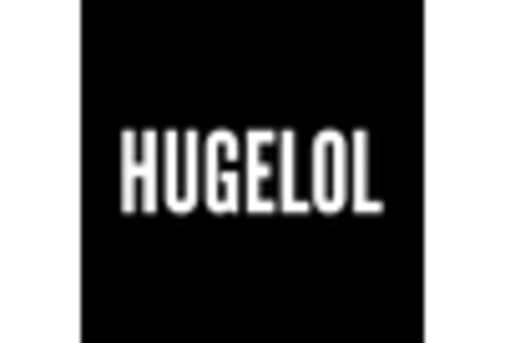
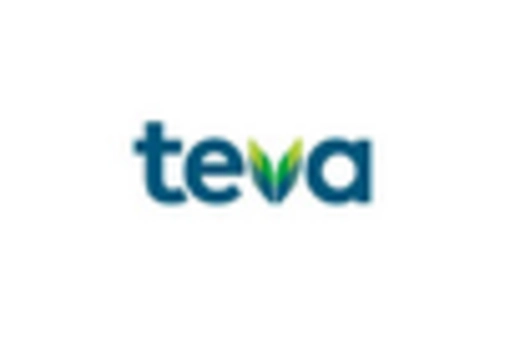
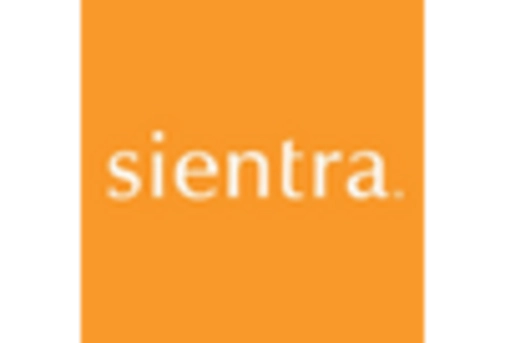








Leave a Comment